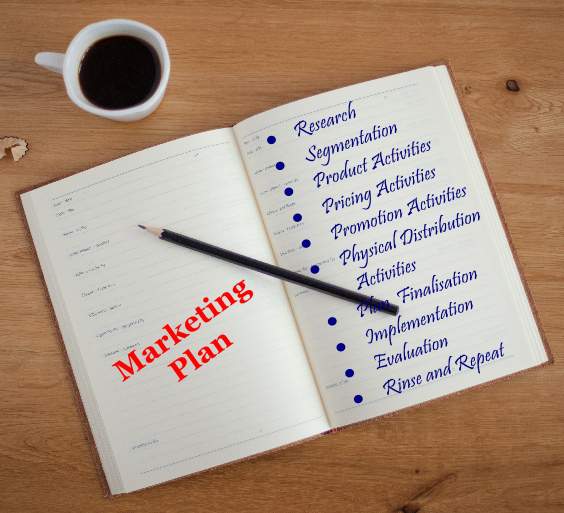
Let me start by discussing briefly about what is Marketing. There are many definitions for Marketing. Is it Selling or Advertising or Promotion or a combination of all these? Marketing, in simple terms, is the process of identifying needs and wants, and fulfilling those needs and wants through exchange processes. Needs and wants may be pertaining to product, service or idea. Marketing activities are mainly focused on four elements called 4Ps of marketing; they are Product, Price, Promotion and Place (Physical distribution). If you add People, then it will be the 5th ‘P’. In case of service there are 7Ps and they are Product, Price, Promotion, Place (Physical distribution), Physical Evidence, and Process. Suppose your approach is based on customer-centric then your activities will be focused on 4 Cs of marketing. The 4 Cs are Customer needs and wants, Cost to the user, Communication and Convenience.
Before developing or re-devoloping product, service or idea, it’s better to do market research to see the viability of the product, service or idea. If you do this you will be avoiding frustration, and saving time and money.
Marketing is an ongoing process…
Sucess and setback are part and parcel of that process. Marketing Plan should be aimed at the target audience rather than cosumer at large. To find your target audience you will have to do Market segmentation. Market segmentation is a marketing strategy that involves dividing a broad target market into subsets of consumers, businesses, or countries who have common needs and priorities, and then designing and implementing strategies to target them. Market segmentation strategies may be used to identify the target customers, and provide supporting data for positioning to achieve a marketing plan objective. Market segmentation may be done according to Georgraphic, Demographic, Behavioural, Psychographic, Cultural or segmentation by benefits and so on.
After doing Market research and identifying Target Consumers (Market segment), market planning goes to product designing/redesigning or elimination of existing marginal or non-profitable products. It also considers packaging and branding.
Next comes pricing of the product. Here all costs from conception to implementation will be considered. Profit Margins, Sales at Different Prices and the Right Price of the product will be considered.
After this Promotion aspects of the product such as Advertising, Personal Selling, Sales Promotion, Publicity and Public Relation, and Direct Markgting are discussed. Costs to undertake all these activities are also considered.
Next comes the planning of Physical Distribution activities. Here physical distribution and channels of distribution are discussed. Logistics of Distribution (warehousing, Insurance, Transportaion, etc.) and costs are also calculated.
Though I have taken the sequence Product, Price, Promotion and Place (Physical
Distribution), there is no need to follow this sequence strictly.
At every stage in Marketing Planning, you will have to revisit the plan a number of times and see whether the plan has any scope for improvement. If improvement requires, carry out and implement the plan. After implementing the plan, evaluate its results and see whether the plan worked or not as expected. If worked, ask yourself, is there any chance to improve it? If yes, do it; if your plan did not work as you wished, find out the reason, rectify it and implement again. Remember, as said earlier, marketing is an ongoing process; constant monitoring requires to see what works and what not.
